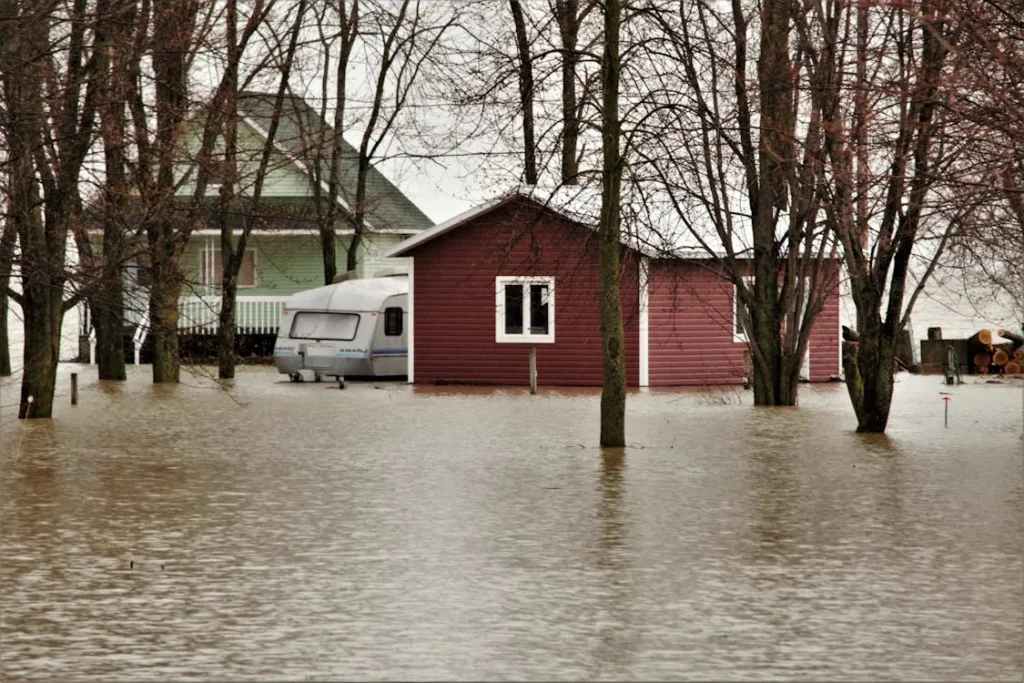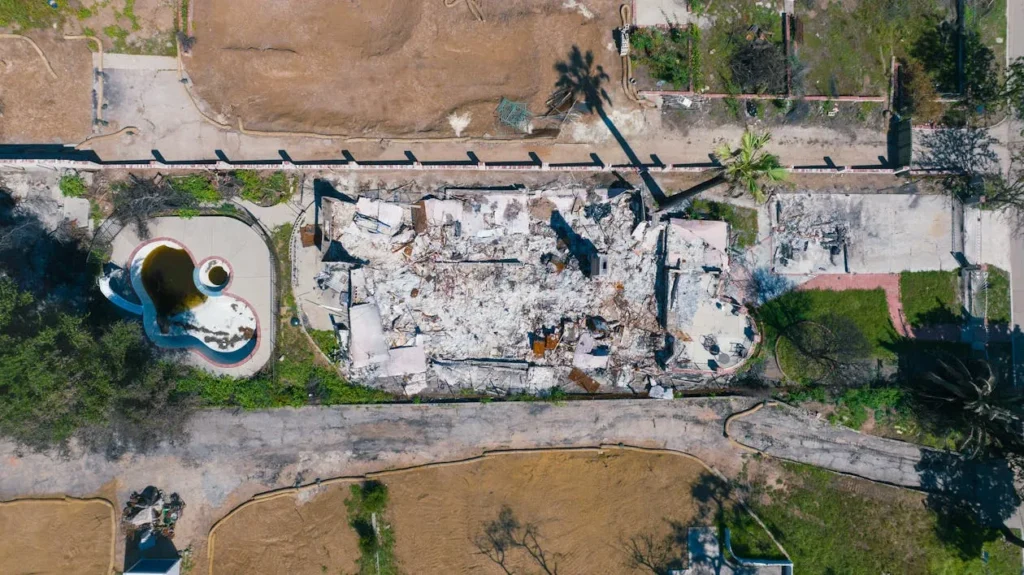
Natural disasters like floods, hurricanes, and wildfires can leave a trail of destruction. If your home was damaged or destroyed, FEMA (the Federal Emergency Management Agency) can help.
If you’re trying to secure FEMA assistance or planning for repairs, it’s important to get an appraisal to understand your home’s value. FEMA home appraisals can help you make informed decisions while navigating stressful situations in the wake of natural disasters.
Let’s explore what FEMA home appraisals are, how they affect you, and what to know about home improvements after an emergency or natural disaster.
What Is a FEMA Home Appraisal?
A FEMA home appraisal is an evaluation of your property’s value conducted after a federally declared disaster. Its primary purpose is to determine how much damage occurred and whether your home qualifies for FEMA aid or other federal financial recovery programs.
Unlike traditional appraisals, which look at market value for selling or refinancing, FEMA appraisals focus specifically on damage. They consider things like pre-disaster conditions, structural damage, the cost to repair or replace your home, and overall safety and habitability of the property.
Typically, a FEMA appraisal takes the same amount of time as a standard appraisal—about 1-3 weeks.
“Some aspects require less time, some require more so it tends to balance out,” said Ryan DeLeon, Lead Certified General Appraiser
FEMA 50% Rule (a.k.a. the Substantial Damage Rule)
At the heart of FEMA’s decision-making is something called the 50% Rule. If the cost to repair your home equals or exceeds 50% of its pre-disaster market value, FEMA considers the property “substantially damaged.”
This percentage is based on the structure’s value, not the land. The estimate must include all necessary repairs to restore the home to its pre-damage condition, often going beyond cosmetic fixes.
If your home meets this 50% threshold and is located in a Special Flood Hazard Area (SFHA), you must bring the home into compliance with current local floodplain management regulations. That could mean costly upgrades like elevating the structure, using flood-resistant materials, or relocating systems like HVAC and electrical panels.
How FEMA Appraisals Impact Homeowners

Let’s explore how a FEMA appraisal may affect you as a home or property owner, including how it impacts aid, insurance, and rebuilding.
Aid Eligibility
FEMA uses the appraisal to determine how much assistance you qualify for after an emergency event. This could include funds for temporary housing and repairs.
Rebuilding Requirements
If your home or residential property is considered “substantially damaged,” you’re required to bring it up to current building codes. This may include elevating the structure if it’s in a flood zone or replacing HVAC and electrical systems.
Insurance & Compliance
Some insurance claims and National Flood Insurance Program (NFIP) decisions are tied to the FEMA appraisal. Your local municipality may also place restrictions or issue permits based on the appraisal’s outcome.
Post-Disaster Home Improvements & Tips
After a disaster, you may think it’s best to jump right into repairs. However, it’s important to understand how any improvements or repair work can impact future appraisals, valuations, and compliance requirements. Sometimes it’s best to hold off.
Document Everything
Keep a paper trail of any repairs, upgrades, and improvements. Take photos, save receipts, and track contractor estimates.
Strong documentation will ensure that insurance claims, appraisal disputes, and future property sales go as smoothly as possible.
Work With Licensed Contractors
While you may be trying to save money, it’s best to avoid DIY fixes for structural work and opt for licensed and insured contractors. FEMA and insurers may not accept repairs that weren’t completed or certified by a licensed contractor, especially for critical components like electrical, plumbing, or foundation work.
“Some clients will perform work with uncertified general contractors and then they can’t sell the home afterwards because permits weren’t pulled and it could cause issues in selling the home,” said David Motta, Business Development Specialist at Akrivis.
Factor in Code Upgrades
If your property was substantially damaged, code compliance upgrades aren’t optional. Many homeowners are caught off guard by how much rebuilding to code adds to total expenses. Consider working these costs into your budget and financial planning before an emergency or natural disaster strikes.
Plan With Appraisals in Mind
Post-repair appraisals will compare your home to others in your area but adjust for disaster recovery. High-quality, permitted home improvements can boost your appraised value. However, FEMA may cap grant reimbursements based on pre-disaster values.
Protect Your Investment
Disasters are unpredictable, but being informed isn’t. FEMA appraisals play a central role in your recovery journey. By understanding how they work and how post-disaster improvements fit in, you can maximize your financial aid, ensure compliance, and protect your home’s value long-term.
If you’re unsure how a FEMA appraisal may affect your property, consult a certified FEMA appraiser at Akrivis. Our team is here to help you navigate the process and make smart choices for your home and future.